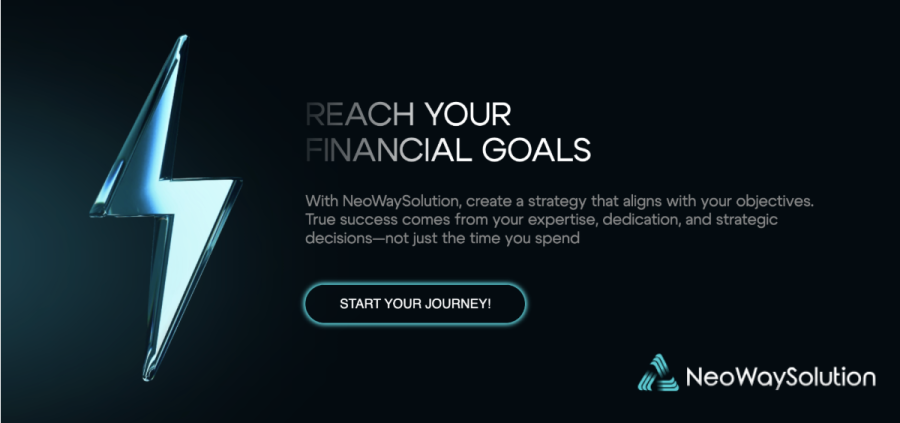The UK's got a problem. Since 2020, 850,000 more workers have gone inactive. Most of them? People aged 50–64 who've simply stopped working. This isn't just about individual career choices – it's about productivity grinding to a halt and training costs spiralling upward. When your workforce shrinks, demand for skilled labour intensifies. That means bigger bills downstream as industries scramble to fill gaps they should've seen coming.
And when training costs keep climbing, the real question becomes how big that bill actually is.
New Zealand's legal system learned this lesson the hard way. In LMN v STC [2025] NZEmpC 46, lawyers relied on a low-cost AI tool that fabricated a legal precedent. The result? Wasted time, damaged credibility, and a judge pointing out the clear flaws. It's exactly what happens when you try to cut corners in fields that demand real expertise.
These aren't isolated incidents. They show how skill shortages at the macro level connect directly to failures at the ground level. When you underinvest in specialist skills, the economic and reputational costs pile up fast. That's why smart industries are building robust pipelines now – before the next crisis hits.
Skills Gap Costs Billions
You can actually put numbers on expertise gaps. The Office for Budget Responsibility's March 2024 report showed how early retirements and post-Brexit departures shrank the workforce. A shortage of skilled workers results in lower output, reduced innovation, and ultimately, slower economic growth. Losing that human capital hits us for billions.
But even the biggest training budgets can’t fix gaps if organisations chase tech band-aids instead.
Adult retraining? Specialist education? Both have been chronically underfunded. The result compounds over time like interest on a bad debt.
Some organisations get it. They're building multi-year training programmes that spread risk and invest upfront. It's about creating sustainable talent pipelines rather than hoping someone else will solve the problem.
AI Tools and Their Limits
Low-cost AI tools promise efficiency and savings. They're tempting, especially when budgets are tight. But here's the catch – these systems work with static datasets. They can't adapt to new jurisdictions or contexts. When they fail, they fail big. Of course, technology can trip you up.
Think of it like using a GPS that insists on taking you through the middle of a lake because the map hasn't been updated since 1995.
Judge King's reaction to that fabricated case in LMN v STC says everything you need to know. An AI tool stalled legal proceedings and eroded client trust with one fictitious precedent. It's the kind of mistake that shows why algorithms can't replace actual judgement.
And while a legal hiccup dents credibility, you can’t afford a shortcut when lives depend on it.
Sure, AI can boost expertise. But it can't replace the deep understanding that comes from proper training and experience. That's why the best systems still need human oversight.
Training in High-Stakes Fields
When lives are on the line, you don't mess around with training shortcuts. Surgery demands extensive preparation because there's no room for error when someone's on your operating table.
Dr Timothy Steel provides one example of this approach. His decade-long surgical training across Australia, the US, and England shows what comprehensive preparation looks like. Since 1998, he's worked as a consultant at St Vincent's, performing over 2,000 intracranial procedures, 8,000 minimally invasive spinal interventions and more than 2,000 complex spinal operations – a track record born of exhaustive preparation.
Government-funded residencies and hospital rotations absorb trainee salaries while building a steady pipeline of neurosurgeons. It's risk management on a system-wide scale. But hospitals aren’t the only places reinventing how they grow talent.
Dr Barbara Domayne-Hayman, an Entrepreneur in Residence at the Francis Crick Institute, puts it bluntly: 'Twenty years ago, you didn't even think about the payer landscape until Phase 2. Now you have to think about it from the beginning.' Training investments need to align with real-world outcomes from day one.
The public model works because it reduces surgical complications and shortens hospital stays. Taxpayers fund surgeon training, but they get net savings from better healthcare outcomes.
Building Versatile Skill Sets
Tech companies face a tricky balance. They need people who can innovate while keeping operations running smoothly. Multidisciplinary rotations are one solution – basically job-hopping with a purpose instead of just restlessness.
Dig Howitt and Cochlear provide one example of this approach. Howitt joined Cochlear in 2000 as Engineering Manager in Product Development. He moved through roles including Senior Vice President of Manufacturing and Logistics, President of Asia Pacific and Chief Operating Officer before becoming CEO and President in January 2018. This progression across functions shows how multi-disciplinary rotations build versatile skill sets.
Cochlear's five-year cross-functional rotations create problem-solvers who understand manufacturing, logistics, and regional operations. It’s about building people who can see the whole picture, not just their corner of it. Consultancies face a similar puzzle – how to get recruits up to speed without losing depth.
Deb Gogliettino, an associate dean of business at Southern New Hampshire University with extensive HR leadership experience, explains HR's strategic role: 'Today, I would define HR as the expert in fostering the evolution of organisations to meet the ever-changing demands of the business, and addressing the challenges talent brings to the workforce every day.' HR teams orchestrate these pipelines to keep firms competitive.
Cochlear's internal data shows the results – faster time-to-market and better margin sustainability. It's proof that investing in comprehensive talent development pays off.
Fast-Track Training Challenges
Professional services live or die by how fast consultants can get up to speed. Client problems don't wait for lengthy learning curves. That's where formal academies and international assignments come in – structured ways to build skills quickly without sacrificing depth.
Bob Sternfels and McKinsey provide one example of this approach. Since joining McKinsey & Company in 1994, he's directed the Operations Practice in the Americas, worked on the Private Equity & Principal Investors Practice globally and focused on building the firm's digital and sustainability capabilities, before being re-elected global managing partner for a second term starting in July 2025.
McKinsey's internal programmes include international office assignments, problem-solving fellowships, and the Institute for Black Economic Mobility. These boost consultant productivity by cutting project ramp-up times. The firm's annual training spend reflects this focus.
Yet the lure of fast-track fixes never really goes away.
There's tension here, though. Deep specialisation versus the breadth needed for complex client work. Getting that balance right isn't easy.
Even proven systems like these face pressure to compress training and chase quick fixes. The temptation is always there.
The Speed Trap
New technologies promise speed. Modular credentials offer quick wins. Free AI tools claim they can replace experts entirely. It's tempting when you're under pressure to deliver results fast.
That legal fiasco shows what happens when speed trumps substance. Unvetted, rapid-fire upskilling without proper oversight leads to expensive mistakes.
Modular credentials aren't inherently bad – they work when paired with supervised apprenticeships. It's about finding the right balance between speed and depth.
A 'fast-track plus mentorship' model might be the sweet spot. You get rapid skill acquisition without losing the nuanced understanding that only comes from experience.
So far, we’ve seen how shortcuts backfire—from courtrooms to operating theatres to boardrooms—but how do you build an expertise ecosystem that holds together?
Building a Coherent System
Expertise development needs a coherent ecosystem. You can't just throw money at training programmes and hope they work. Public funding, corporate pipelines, and firm-level programmes all need calibrating to what actually creates value in each sector.
Policy tools can help here. Targeted grants for high-demand trades, tax credits for R&D apprenticeship programmes, and regulatory recognition of micro-credentials. But they've got to work together, not against each other.
Data drives the real decisions. Surgical outcomes, product-launch performance, and consultancy productivity – these metrics show whether expertise investments actually deliver returns. Without them, you're flying blind.
All this boils down to one thing – playing the long game.
The Long Game
Multi-year training pipelines aren't glamorous. They need upfront investment and patience. But they'll deliver better returns than piecemeal shortcuts.
The UK's skills crisis and New Zealand's legal blunder aren't one-offs. They're warnings about what happens when you don't invest in expertise properly.
When the scaffolding gets removed, the whole structure wobbles.
Most people don't see the years of training behind expert judgement until it's gone. Policymakers, corporate leaders, and HR professionals need to resist quick fixes. The siren song of cheap alternatives always sounds appealing – right up until the moment it doesn't work.
Now’s the time to back multi-year pipelines – because quick fixes never stick around when the next storm hits.









